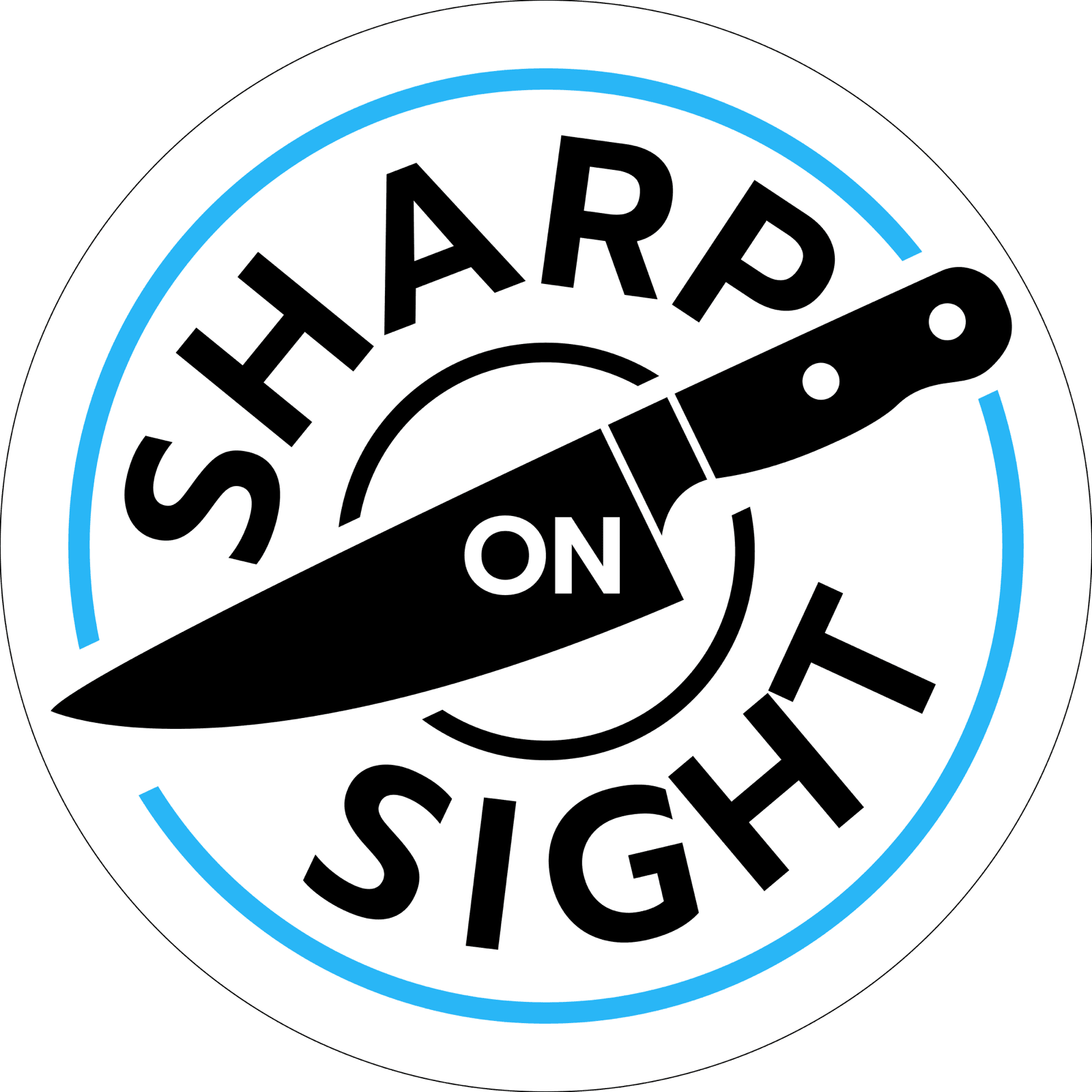The Ultimate Guide to Choosing the Best Knife Sharpener: Discover Which Knife Sharpener is Perfect for You and Avoid Common Mistakes!

Choosing the right knife sharpener can be a daunting task with so many options available. Whether you're a professional chef or a home cook, having sharp knives is essential for efficiency and safety in the kitchen. In this post, we'll explore different types of knife sharpeners, their pros and cons, and help you decide which knife sharpener is the best fit for you.
Sharpening Stones
Sharpening stones are the traditional and often preferred method for sharpening knives. They come in various materials such as natural stone, ceramic, and synthetic. Sharpening stones offer precise control over the sharpening process and can produce razor-sharp edges when used correctly.
Pros:
- High level of precision
- Can be used on a variety of blades
- Long-lasting results
Cons:
- Requires skill and practice to use effectively
- Can be time-consuming
Electric Knife Sharpeners
Electric knife sharpeners are popular for their convenience and speed. They usually have multiple slots with different grits to sharpen and polish the blade. However, they can remove too much metal and reduce the lifespan of your knives.
Pros:
- Quick and easy to use
- Consistent results
Cons:
- Can be harsh on knives
- Less control over the sharpening process
- Not recommended for high-quality knives
Pull-Through Sharpeners
Pull-through sharpeners are manual devices where you drag the knife through a set of abrasive slots. They are user-friendly and affordable but often provide subpar results.
Pros:
- Easy to use
- Inexpensive
Cons:
- Can damage knives by removing too much metal
- Limited effectiveness compared to other methods
- Not recommended for precision sharpening
Jig Style (Precision) Sharpeners
Jig style sharpeners use a guided system to maintain a consistent angle while sharpening. They are excellent for achieving a precise edge and are popular among enthusiasts and professionals.
Pros:
- High precision and control
- Consistent results
Cons:
- More expensive than other options
- Can be complicated to set up and use
Grinders and Belt Sanders
Grinders and belt sanders are typically used in professional sharpening services. They can quickly restore a sharp edge but require skill to avoid overheating and damaging the blade.
Pros:
- Extremely fast and efficient
- Ideal for heavy-duty sharpening
Cons:
- High risk of damaging the blade
- Requires experience to use properly
- Not suitable for delicate knives
Good Old-Fashioned Sandpaper and a Flat Piece of Glass
For those who enjoy DIY methods, sandpaper and a flat piece of glass can be a surprisingly effective sharpening tool. This method involves using progressively finer grits of sandpaper to hone the edge.
Pros:
- Cost-effective
- Customizable grit progression
Cons:
- Requires time and effort
- Can be messy and labor-intensive
Conclusion
So, which knife sharpener should you choose? It ultimately depends on your needs and preferences. If you value precision and don't mind investing time to learn, sharpening stones or jig style sharpeners are excellent choices. For convenience and speed, electric sharpeners may appeal, but use them with caution. Avoid pull-through sharpeners for high-quality knives, and consider professional sharpening services for the best results.
No matter which knife sharpener you choose, regular maintenance and proper technique are key to keeping your knives in top condition. Happy sharpening!
Message Sharp On Sight | Local Sharpening Pros
Ready for Razor-Sharp Precision?
Whether you're looking for a quote or just have a question, I'm here to help. Reach out, and let's bring those edges back to life.
